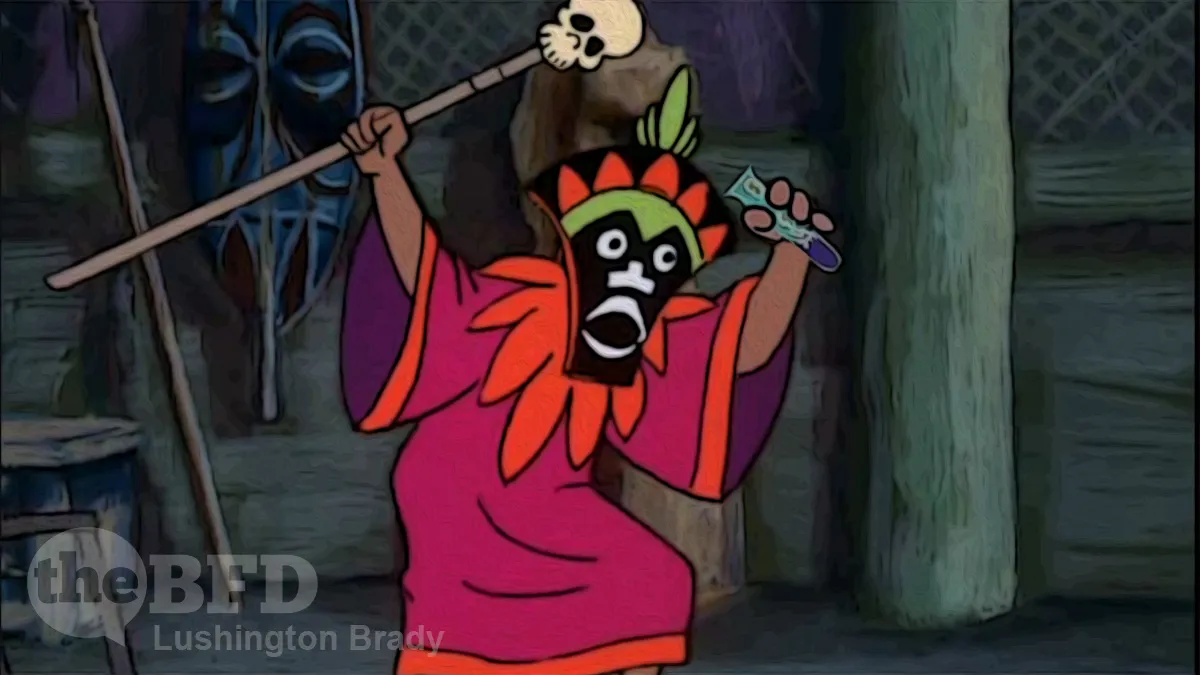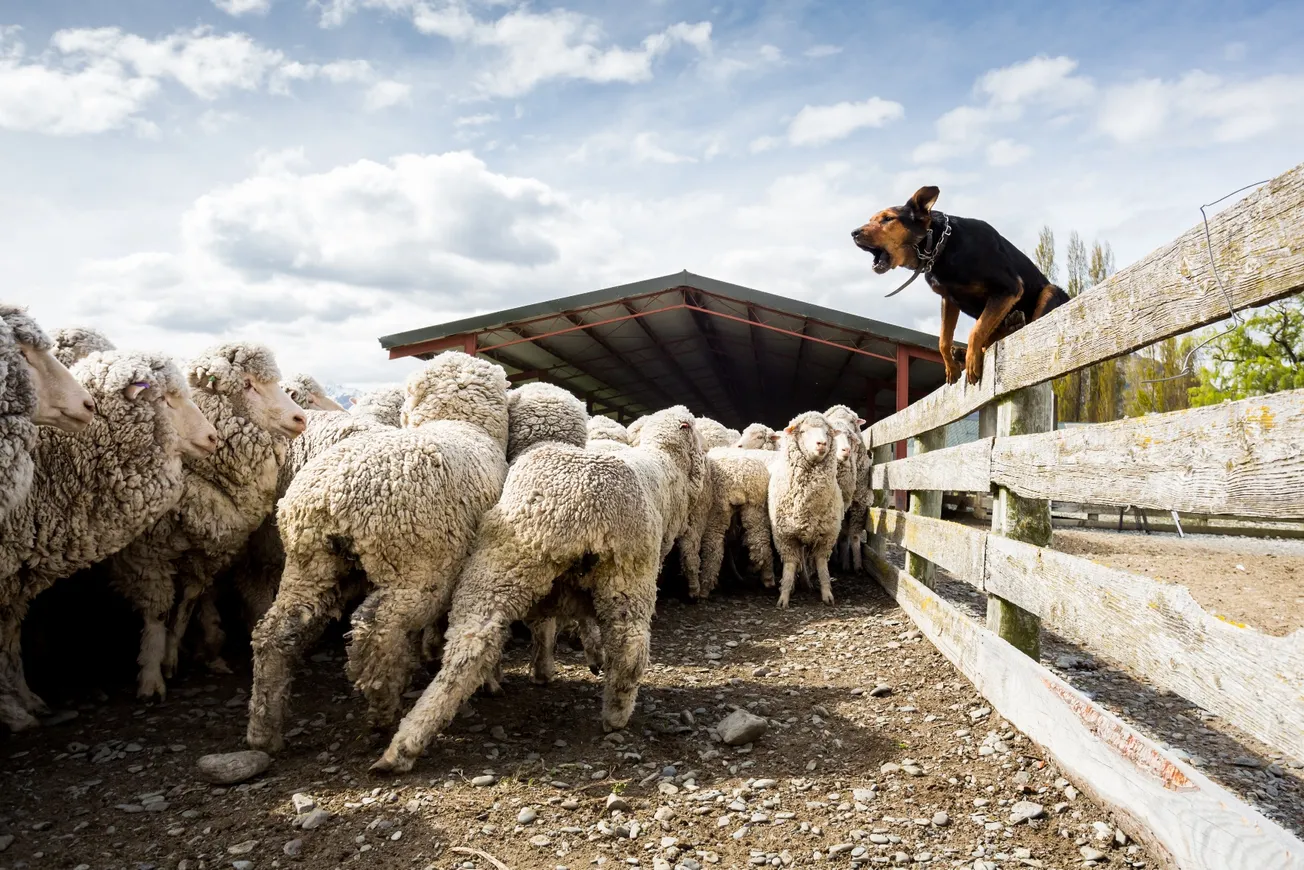Table of Contents
These are not good times for science. As perhaps no other time since the Enlightenment, science is under attack from the dark forces of ignorance and superstition. What makes it so much worse is that the attack is being led by ideological zealots from within. The only analogous situation was the sustained dereliction of biological science in the Soviet Union and then Maoist China, where the crackpot ideas of Trofim Lysenko won the approval of authorities and became the ruling ideology of Soviet biology.
In New Zealand, the Lysenkoists are back — and they’ve teamed up with Creationists.
Not Biblical Creationism, of course, Christianity being so thoroughly out of favour in “Aotearoa”. Rather, New Zealand’s Lysenkoist crackpots are fawning at the feet of an even more primitive magical worship-system.
Tupuna Maori (ancestors of Maori) arrived on these lands voyaging from Polynesia between 1200 and 1300AD, and with them arrived the first science of these lands.
I have to say, it’s pretty ballsy of Stuff to fire the Big Lie in their first sentence. That doesn’t make it not a lie, though. What’s the Big Lie? That Maori beliefs were “science”.
In fact, science didn’t exist anywhere in 1200AD. Even in Western Europe, only the very first glimmerings of anything even resembling science were only just beginning to brighten the darkness of superstition, as Roger Bacon laid the foundations for what in a few centuries would become true science.
What Maori had was a vast body of observation of their environment, mingled with an even vaster body of primitive superstition and creation myths. In other words, they were exactly like everyone else, everywhere in the world.
Observation, though, is not “science”. It’s a key component, of course, but it’s a common fallacy to believe that science is only a body of facts. It isn’t. It’s a worldview, a belief system founded on a group of necessary ideas that no other belief system shares in totality. These include that the world is entirely explainable in terms of natural processes (as opposed to supernatural processes, such as gods or ancestral spirits).
Put simply: observing that, say, the first rising of the Pleiades is associated with certain environmental effects is not science. Science explains that association through natural processes such as the orbit of the Earth about the Sun, and the apparent movements of the stars as a result. Superstition explains it as the work of gods, demons and spirits inhabiting the stars and working their benediction or malefaction on the Earth in response to human activities such as worship.
Matauranga Maori, which resorts to the latter sort of explanation, is superstition. Not science. No matter what ignorant academics might say (and, despite their qualifications, academics are very far from immune to towering ignorance).
This does not mean, of course, that matauranga Maori is completely useless, or has nothing to offer to genuine science.
If this knowledge – built up over generations and connected to these lands, water and environment – is available to use, why wouldn’t you consider what is available to us?
Nobody is saying you shouldn’t. What we’re saying is that you shouldn’t call primitive superstitions “science”. You can use the scientific method to winnow the superstitious chaff from what kernels of useful knowledge there might be, but don’t call the superstitious chaff “science”.
[Richard] Dawkins, speaking about a visit to Aotearoa for his speaking tour, stated in The Spectator: “Matauranga Maori includes valuable tips on edible fungi, star navigation and species conservation (pity the moas were all eaten). Unfortunately, it is deeply invested in vitalism. New Zealand children will be taught the true wonder of DNA, while being simultaneously confused by the doctrine that all life throbs with a vital force conferred by the Earth Mother and the Sky Father. Origin myths are haunting and poetic, but they belong elsewhere in the curriculum”.
Dawkins is absolutely right, of course. So, it’s intriguing to ponder what our “pro-matauranga” academic considers a “counter-argument”.
More knowledge is a good thing. We should always be open to new (or previously overlooked) ideas and solutions to the biggest challenges we face.
Dawkins never said otherwise. So, she’s attacking a straw-man, here. What Dawkins said is that superstitious belief systems are not science and should never be taught as such.
Whilst I would not envisage Dawkins publishing research that draws on the interventions of Ranginui (sky father) and Papatuanuku (earth mother), it may be that what our Maori ancestors learned about our whenua over the centuries could provide important insights for how we act in the future.
This is precisely what Dawkins said: “Matauranga Maori includes valuable tips”. But anyone who tries to publish biological research “on the interventions of Ranginui (sky father) and Papatuanuku (earth mother)” isn’t practising science. They’re peddling pseudoscience no less egregiously nonsensical than Young Earth Creationism.
This means a far more holistic approach to land management that brings together both matauranga Maori via the maramataka, and western-based agriscience via the application of agronomy and ecosystems services.
Stuff
In other words, it’s taking science — agronomy and ecosystems — and degenerating it into pseudo-science with some cultural play-acting. The latter isn’t “science”, it’s superstition.
What Estoras is proposing is exactly like the superstitious Summer Islanders of the classic horror film, The Wicker Man.
At least the Summer Islanders had a real commitment to their superstitions such that they were prepared to practise the human sacrifice it demanded. Let’s see if the cultural LARPers of “matauranga Maori” are committed enough to bring back cannibalism and infanticide.









